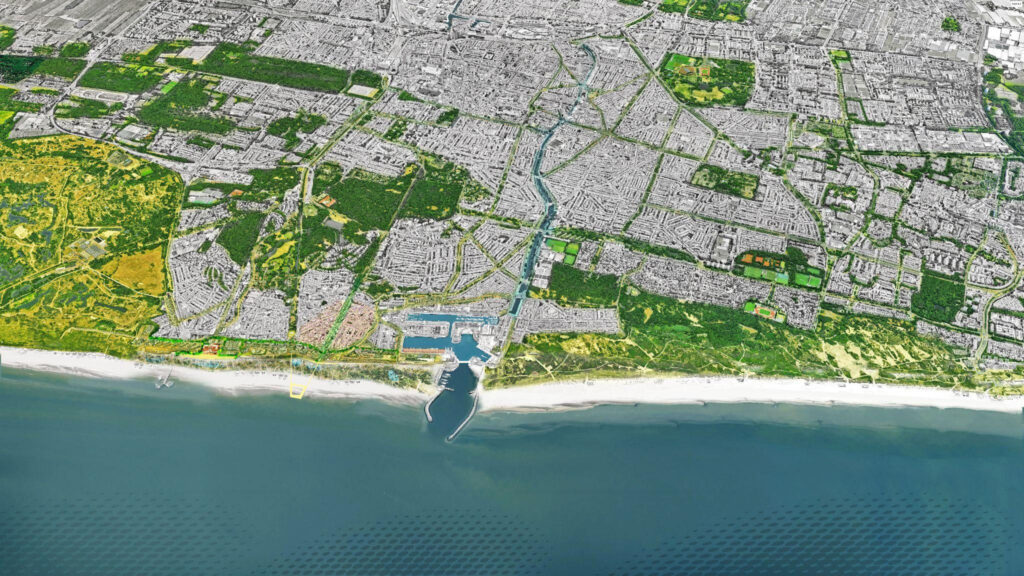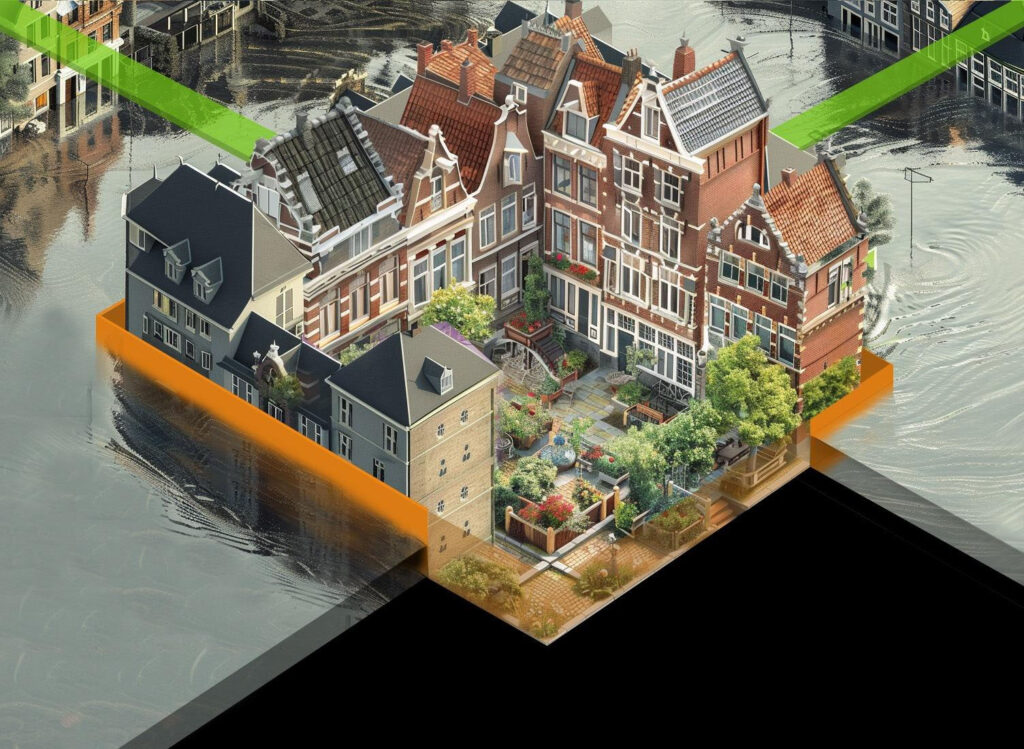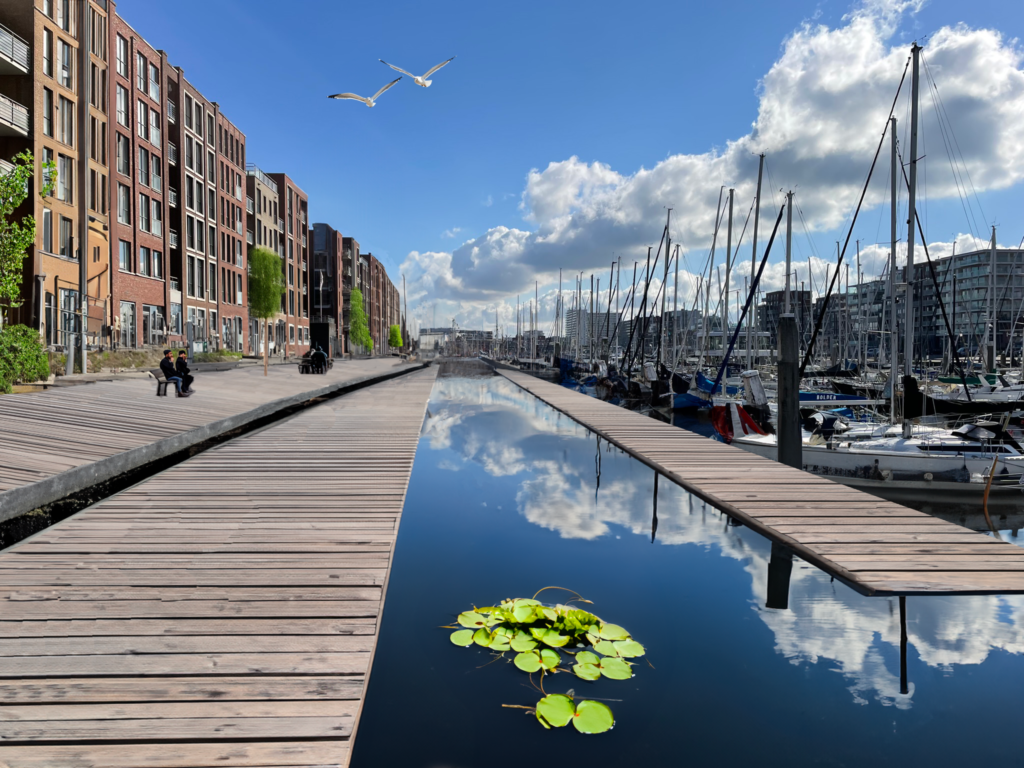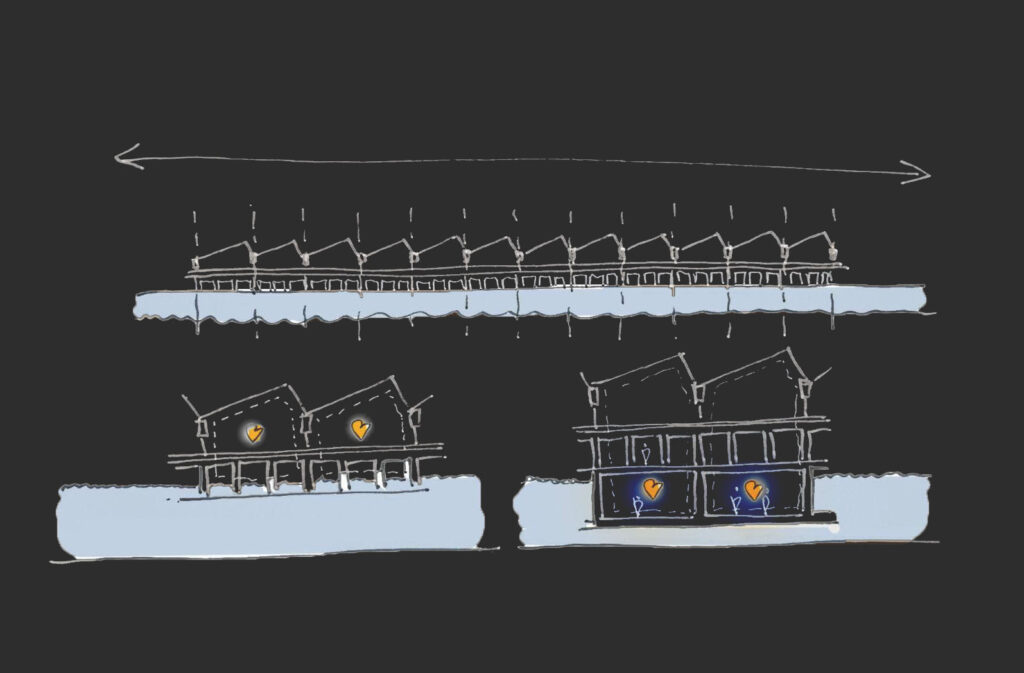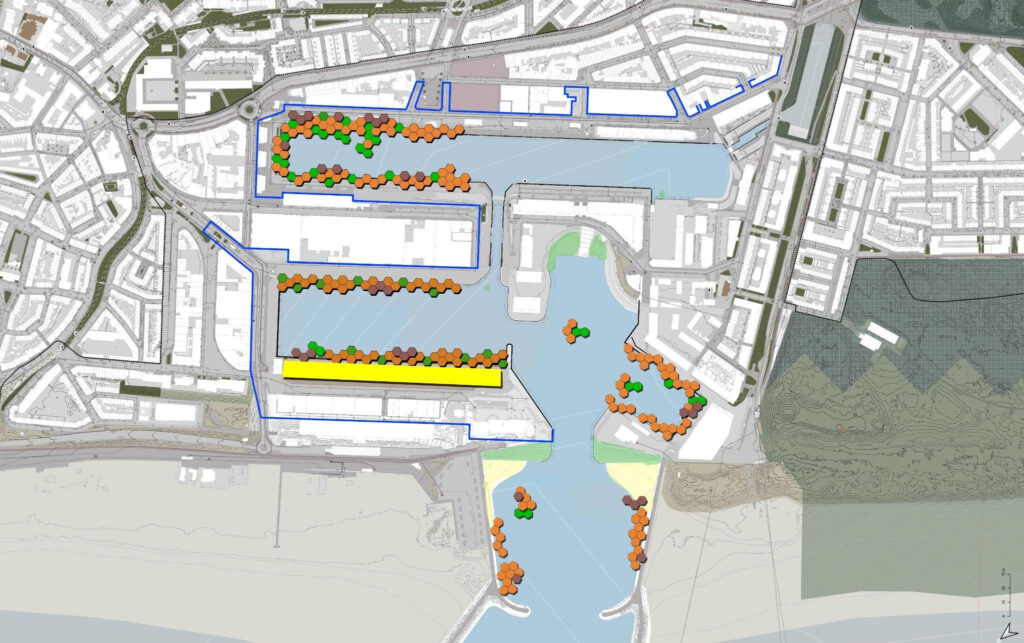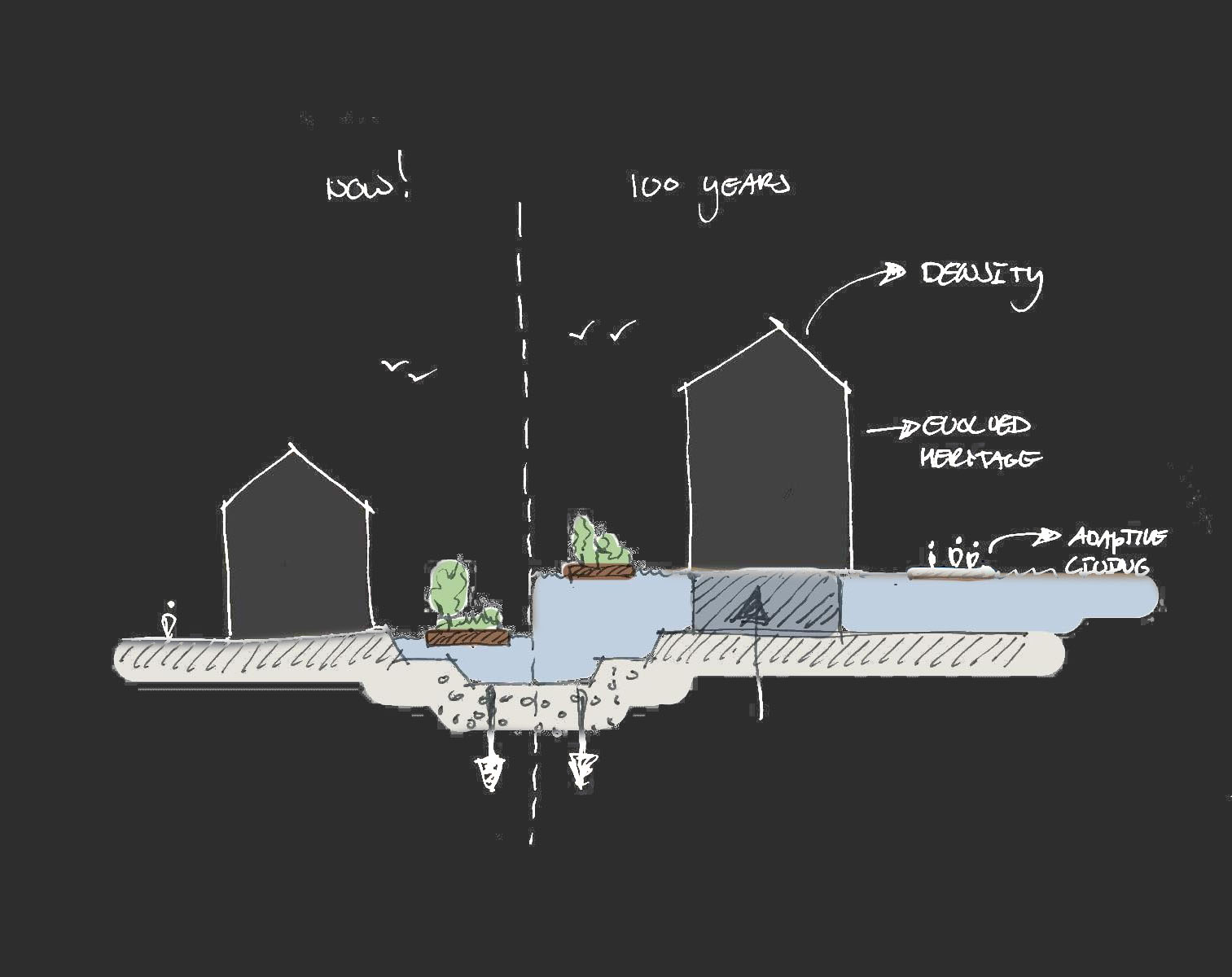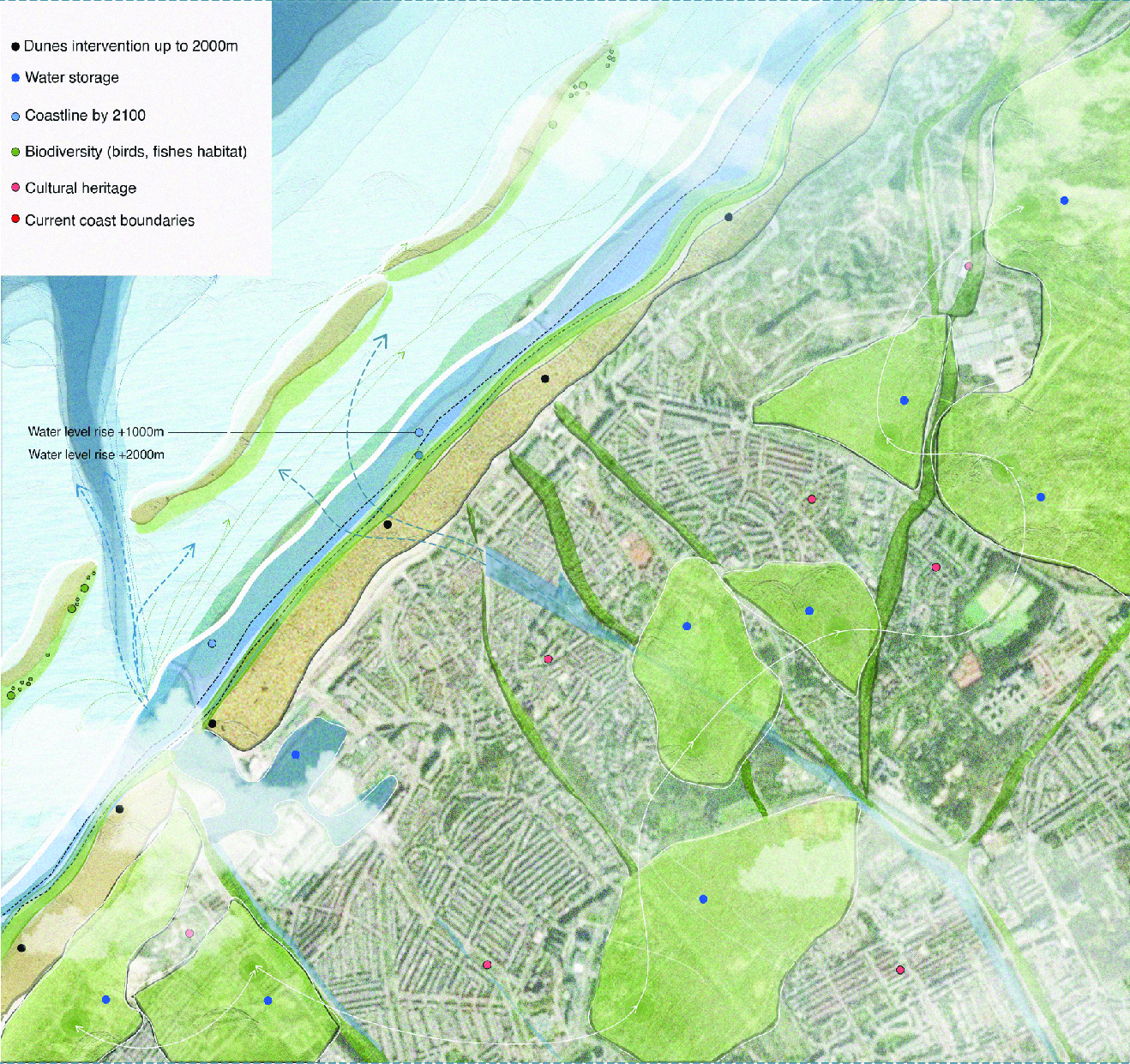Designing for Extremes
Sea Level Rise Adaptation in The Hague-Netherlands
The workshop aimed to investigate and propose strategic visions for The Hague and help to raise awareness in society and decision-makers on how to face the impacts of climate change and sea level rise adaptation in coastal areas.


Workshop 2024
The Netherlands Exchange Recife (nXr) workshop was held from June 17 to 21 by Agency of Cultural Heritage of the Netherlands – Ministry of Science, Culture and Education of the Netherlands, Delft University of Technology (TU Delft), PortCityFutures, Municipality of The Hague, IHE Delft Institute for Water Education (Unesco), and the Federal University of Pernambuco (UFPE).
Scenarios
In this workshop, participants will embark on site visits, learn from experts and collaborate in dynamic group to develop innovative studies and proposals for protecting and adapting The Hague to sea level rise, considering four scenarios.

City-Territory / Protective
Implementing robust protective measures to safeguard the urban fabric and cultural heritage of The Hague.

City-Territory / Adaptive
Exploring adaptive strategies to transform The Hague's urban landscape into a model of resilience in the face of climate change.

Harbour / Protective
Designing protective infrastructure to shield the harbor's critical operations and assets from the threats of rising sea levels.
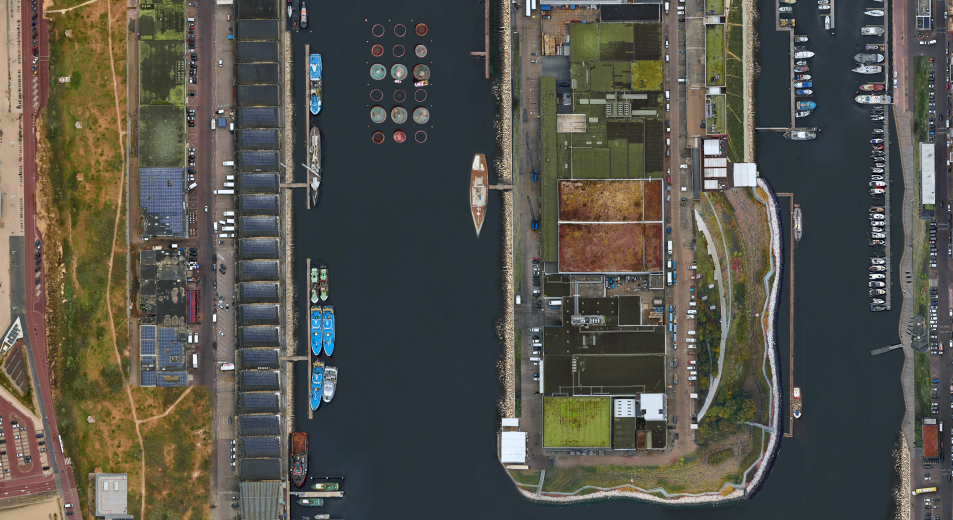
Harbour-structure / Adaptive
Developing innovative adaptive solutions to transform the harbor into a dynamic, multifunctional space that thrives in a changing coastal environment.
Heritage Strategies for Sea Level Rise in The Hague
One of the most vulnerable cities in the world to climate change, The Hague faces the threat of being submerged due to rising sea levels. The event’s goal is to find ways to protect the country’s oldest capital—celebrating its 800th anniversary in 2042—from becoming permanently flooded. Historically, water management in the Netherlands has predominantly emphasized “protection” technologies.
The valuable insights offered by spatial design disciplines such as architecture, landscape architecture, urban planning, and heritage conservation are expected to be explored in this workshop. It will also feature the experience of professionals from Recife (Brazil) who have made strides in urban transformation processes in partnership with civil society to address their urban challenges. The meeting aims to co-design concepts and strategies for protection, adaptation, and mitigation to combat the adverse climate effects projected for The Hague, thereby adapting and safeguarding the port city against the encroachment of the North Sea.
The focus of the discussions will be the Port of Scheveningen, its vulnerability in the face of climate change, how it affects its water systems and cultural heritage, and the port terminal’s climate adaptation strategies. The aim is to develop a future vision for the Port of Scheveningen for the next century, using innovative and interdisciplinary tools and methodologies.
The nXr is part of a pioneering series of workshops in which professionals and students from Brazil and the Netherlands have collaborated over a decade to brainstorm solutions to urban problems in Recife, a city in northeastern Brazil that received the first Renaissance-style urban plan in the Americas as it transformed into the capital of Dutch Brazil in the 17th century. The impact of this exchange resulted in a new urban vision for the city and led to public policies to address its environmental and socio-spatial challenges—a process so significant that it has been dubbed “the reinvention of Recife.” With rXn, the experience of the Brazilian city will combine with that of The Hague for another moment of exchange between the Netherlands and Recife.
Protection Strategies
Workshop Outcomes - Scenarios 1 and 2

Big Scale: extending the dune landscape and green networks in district of Scheveningen
By strengthening the connection of green networks, including the water canals and dune system, we aim to enhance biodiversity and the inner city’s resilience, while creating more leisure spaces for its residents. This network should also connect with the dune system, thereby highlighting the historic origins of The Hague, built on a dune landscape.
Small Scale: protecting the harbour and adapting the way of building
The harbor will be divided into distinct areas with varying water levels, separated by locks. Floating structures, such as movable (elastic) pedestrian footbridges, will connect these harbor areas. An enlarged harbor entrance will accommodate the growth of the surrounding new dune landscape, with the potential for a fourth harbor to be realized in the future.
We aim to devise strategies to adapt existing buildings to cope with water, such as incorporating waterproof panels in facades, providing multi-level access, and potentially using floating platforms. These adaptations will always consider the significance and authenticity of the heritage.
For new buildings, updated regulations should be developed to create a new scenario that increases the interface between the built environment and water. This could include the use of stilts, pneumatic systems, underwater buildings, and floating platforms. Additionally, vegetation will need to adapt to climate change
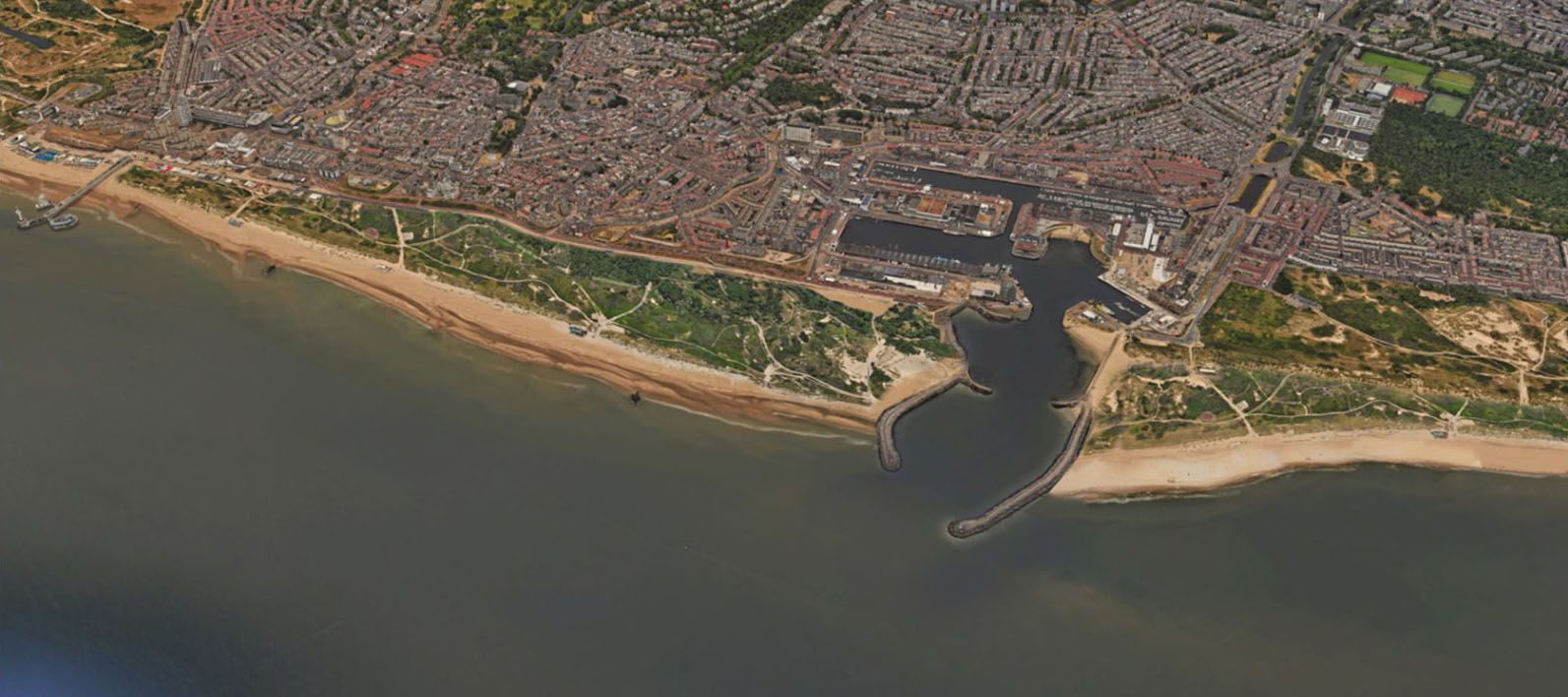



Adaptive Strategies
Workshop Outcomes - Scenarios 3 and 4

How to take advantage of extreme climate conditions as the trigger for anti-fragile, regenerative and culturally-rich societies?
Opportunities:
• Re-imagine (the) port as
1. Innovation Lab
2. Connector
3. Heritage Asset
• Integrate Green & Blue Structures with & within Scheveningen
• Improve connections with the Sea
Ambitions:
• A resilient port
• Enhanced Heritage
• Increased liveability and prosperity
• Coexistence with nature, regeneration of biodiversity
• Connectivity
Adaptivity means:
• Flexibility
• Mobility
• Modularity
• Heritage Revitalization / catalyst
• Adaptive Landscape – Architecture
• Adaptive Living
Team
























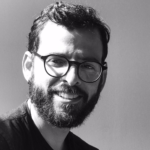

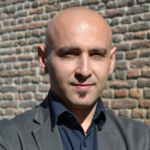





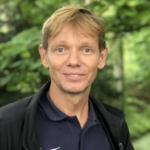



















Contact
Which Future Will We Choose?
Climate and energy choices this decade will influence how high sea levels rise for hundreds of years.
Schedule
17/6/24 to 21/6/24 Central European Time (CET)

Day 1
Welcoming - introduction
Talks
Guided field visit
Scenario 0

Day 2 / Day 3
Scenarios - 4 groups
Define interventions
Elaborate proposals
Inputs local community

Day 4
Develop proposals
Clinics
Academic event (open to public)
Talks
Q&A

Day 5 - Final
Develop presentations
Keynote
Results presentation
Round table
Final remarks
Organizer

Partners

© All Rights Reserved.

